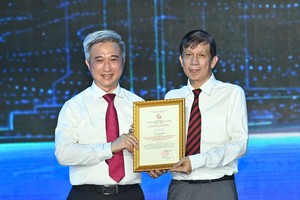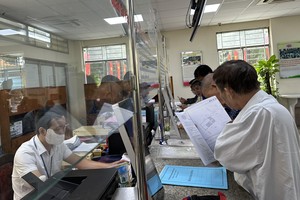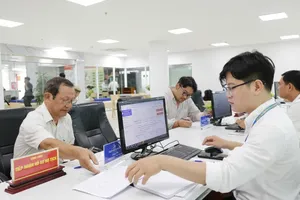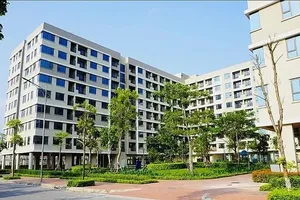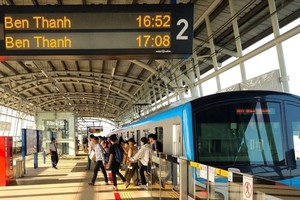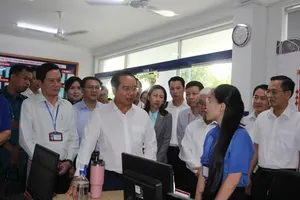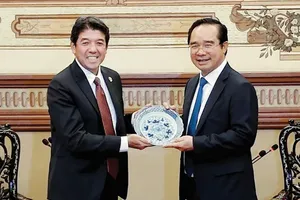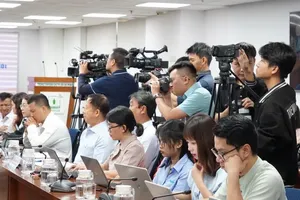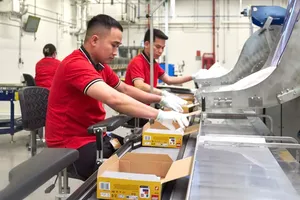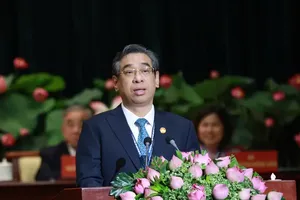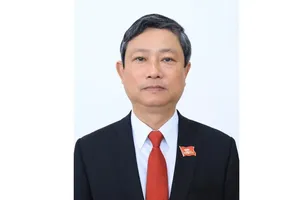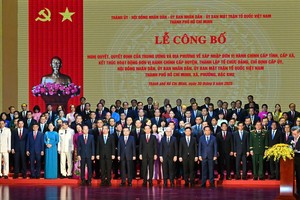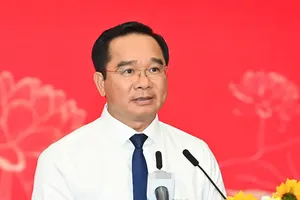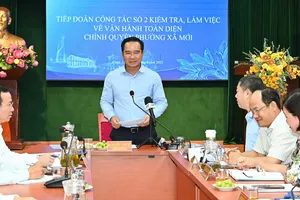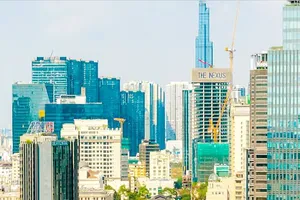Ho Chi Minh City’s officials have proposed measures to make space for public transport means to reduce chronic traffic congestion in the city.

No space for buses
Phung Dang Hai, chairman of the HCMC Bus Cooperative Union, which is in charge of transporting over 30 percent of bus passengers in the city, said most of the union’s buses were stuck in traffic congestion in mid September.
Le Trung Tinh, head of the Transport Management Agency under the HCMC Transport Department, said in the first nine months of the year, the number of bus passengers reduced by two percent over the same period of last year.
He said the department also had to cancel 1.6 percent of bus routes because there was no space for bus.
The department’s director Tran Quang Phuong said besides bus fare subsidy, the public transport sector has not been offered favorable conditions to operate.
He said the city has only one street, Tran Hung Dao Street, that has a bus only lane.
During five years of operation, the street has not seen a bus accident and the number of passengers taking buses on the street has been always higher than other streets, he added.
Mr. Phuong said there must be a policy to develop prioritized streets for buses; otherwise, the fare subsidy will be ineffective as people don’t want to waste time on a bus stuck in traffic jams despite cheap fares.
Tran Chi Dung, director of the city’s Department of Planning and Architecture, said public transport network took one of the focuses of the HCMC government and this was proved by substantial investment in buses over the past year. But, public transport means can meet a mere 7 percent of the demand compared to 20-30 percent as targeted.
Measures
Transport officials said measures to deal with traffic jams need to begin from urban management and planning.
Dr. Nguyen Trong Hoa, head of the HCMC Institute for Development Studies, said the city should have policies to drastically restrict private vehicles in areas that have many bus routes, including downtown areas and improve fees on vehicles running into the central business district.
The city also should encourage construction of multi-storey houses to save space for public transport, he added.
Nguyen Hoai Nam, deputy head of the city’s Planning and Architecture Department, said entertainment areas, restaurants, hospitals, and schools should be expanded to the city’s outlying areas.
Taxes imposed on business activities in the city center should be raised to discourage operators, he added.
The city has made plans to move some schools, hospitals and wholesale markets to the city’s suburbs, and develop satellite suburbs but the plans have been implemented very slowly.
In its development strategy, the city will have modern subway, monorail and tram systems to lure citizens to public transport means, and investment capital is being sought from different sources, including ODA loans to translate these projects into reality.
Mr. Dung said more ODA loans have been pledged from Europe for metro development in HCMC. The first metro route stretching over 19 kilometers from Ben Thanh Market to Suoi Tien has its depot constructed and is scheduled to go online in 2015.
Mr. Hoa said the chronic traffic congestion in HCMC will be eased when six planned metro routes are in place. However, he said this will be possible if the city’s population is capped at 10 million.

